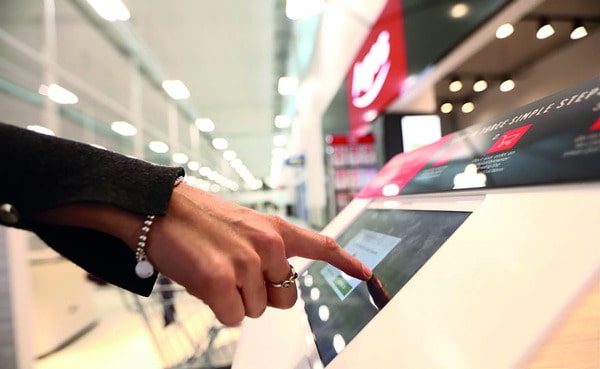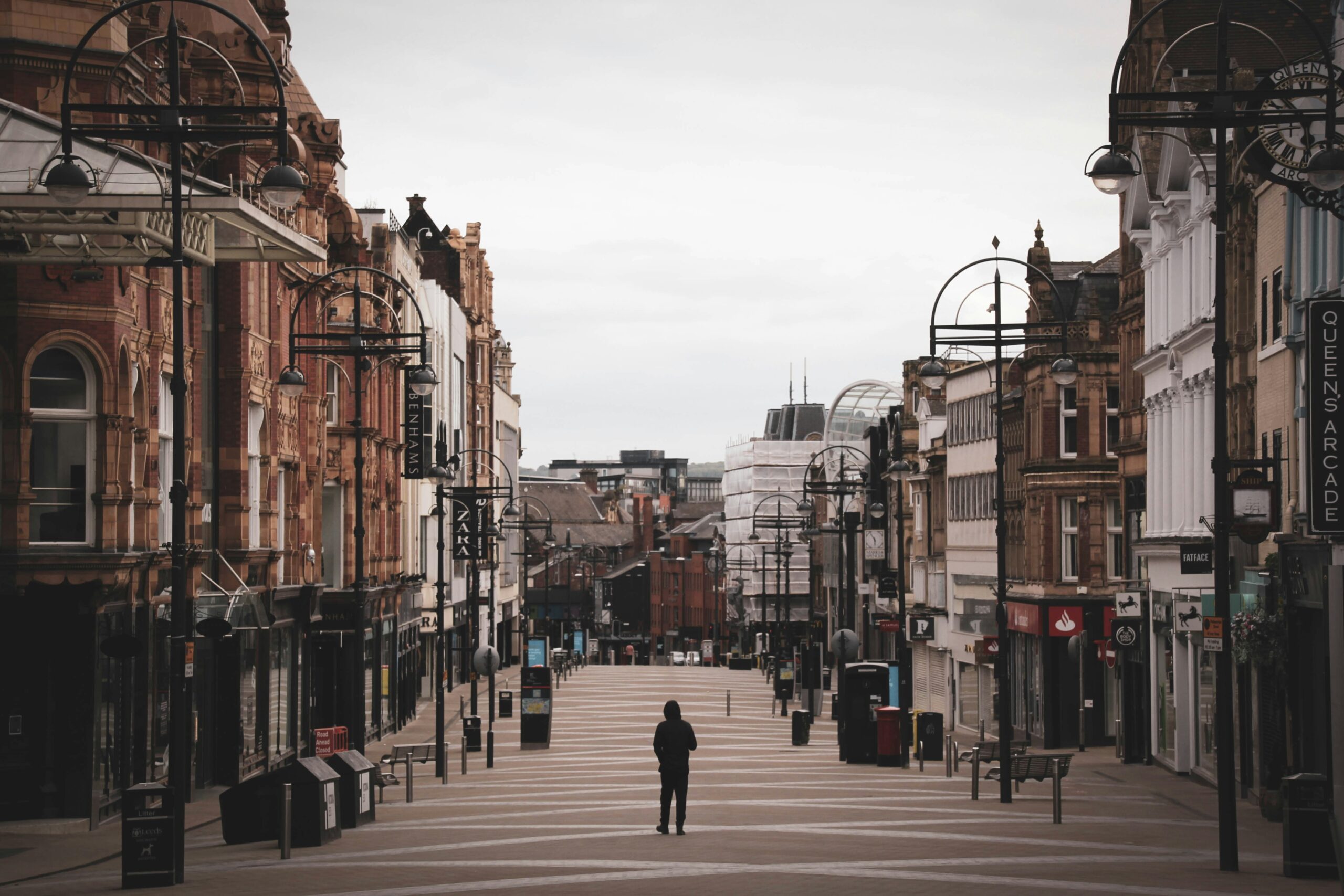The role of UK stores is changing, with the RXUK Top500 Elite retailers at the forefront of this change. At a time when customers want to make more of their purchases online, all of the multichannel Elite retailers have rethought what their shops are for. These retailers are responding to their own experiences which tell them that while shoppers often want to buy online, at other times they want to visit a store.
Argos’ sales, for example, are often made online – it turned over £2bn from mobile transactions alone in its 2018/19 full-year. Yet most of its shoppers also visit a store in the course of their transaction, either to place or pick up an online order. Dunelm, meanwhile, has moved its online business to a new platform that enables it to offer new multichannel services such as click and collect.
John Lewis says its customers spend more and remain more loyal when they shop across a number of channels. But as spending with department stores quickly moves online – according to the Office for National Statistics, 16.8% of department store sales took place online in December 2019 – John Lewis is focusing on the in-store experience to persuade shoppers to visit.
Online may have overtaken store sales at Next but the retailer says those stores still offer valuable multichannel services. Marks & Spencer is reconfiguring its store estate to adapt to how its shoppers now want to spend with it. Eventually, it aims to make a third of its turnover from the clothing and home categories online.
It is currently reducing its floorspace accordingly, through both reducing the size of its stores
as well as closures.
As these changes occur, here are three key ways that the RXUK Top500 Elite retailers have developed their use of shops:
Using existing stores as collection and returns points
Next’s customers spent more online (£1bn) with it than they did in its stores (£874.3m) in the six months to July 2019, but the clothing and homewares retailer argues that its shops remain vital because so many of its shoppers want to pick up or return orders there. Simon Wolfson, Next’s chief executive, explained in those results that 50% of its online orders are delivered to its shops, while 82% of returns are made via its shops. “It is counter-intuitive,” he said, “but the fact is that stores have become an important part of our online service, although their rents are way out of kilter with the value they provide as collection and returns centres. So if stores are to remain open, retail rents must fall and, fortunately, that is exactly what they are doing.”
Dunelm, meanwhile, offers free click and collect from 170 stores and enables shoppers to return their online orders in-store as well. Marks & Spencer is looking to a ‘clicks and bricks’ future, in which shoppers use both stores and online to buy in the way that is most convenient for them. Shoppers at its Oban food hall, for example, can use a fitting room to try on the clothes that they buy using click and collect before deciding whether to keep them. John Lewis enables multichannel returns and collection both at its own stores, at branches of Waitrose and at third-party shops.
Argos’ digital format stores enable shoppers to order and collect items within hours, using its hub and spoke logistics model. About 300 of these stores are now located within branches of its sister supermarket, Sainsbury’s, while others are in locations including underground stations.
Despite being an online-only retailer, Amazon enables collection and returns to a range of third-party collection points and via its network of lockers, some of which are in third-party stores such as Morrisons.
In-store experiences
John Lewis is focused firmly on experiences as a way to bring visitors to its stores. In November, the retailer opened its new look ‘customer centric’ Southampton store, which it described as an ‘experience playground’ where shoppers can listen to talks and take part in workshops offered by a team that includes interior designers, chefs, wine experts, gardeners, gadget specialists, personal stylists and make-up artists. The store includes the first Waitrose Cookery School within a branch of John Lewis. Peter Cross, customer experience director at John Lewis & Partners, said at the time, “Our goal is to offer customers unrivalled access to expertise and impartial advice in as many areas of their lives as we possibly can – in a way that is uplifting and inspiring.
“We know that shopping for a new gadget or beauty product can be a daunting experience, with so much choice on offer. We want to help navigate customers through that. Our new concept shop is an example of how we’re reinventing the department store of the future to make us stand out from the competition.”
At Marks & Spencer, 35 stores currently
offer a ‘fit and style’ personal stylist service in-store that is designed to complement its online styling service.
In-store technology
Marks & Spencer has aimed to build more inspirational stores which feature digital technology while offering multichannel collection and returns services. In 2018, it launched trials of ‘mobile, pay, go’ payment that enable customers in six of its convenience stores to avoid queues by completing their transaction on their mobile devices. It has also deployed more than 7,000 mobile devices to enable staff to search for products and get real-time stock updates, as well as ordering items for customers.
Last year, Argos opened its first self-service store, within Sainsbury’s Dulwich branch, where shoppers browse the range and pay for the item they choose via a tablet computer before picking up their order at a new collection pod. At the time, Sainsbury’s Argos chief executive, John Rogers said, “We’re continuing to test innovative new formats and, with the launch of our first self-service digital store, we’re offering shoppers a speedier way to pay, as well as giving our colleagues more time to serve and help customers.”
Dunelm’s store staff are equipped with tablet computers which they can use to assist shoppers who want to see the larger online range, or order an item for in-store collection or home delivery.
John Lewis is also using digital technology to attract shoppers into its stores. Last year, it trialled a virtual reality and augmented reality experience, Visualise your Space, in its Kingston, Cambridge and Horsham stores to help shoppers see how their interiors ideas would look in their own homes. Caitlin Price, John Lewis’ head of buying for furniture and flooring, said at the time that customers find it hard to go for bold looks because they are unable to visualise them in their own home, and instead revert to “safer” grey or beige furnishings. “This new technology will enable customers to be braver in their choices, and test technology that architects and interior designers have been using to visualise their designs,” she said.







